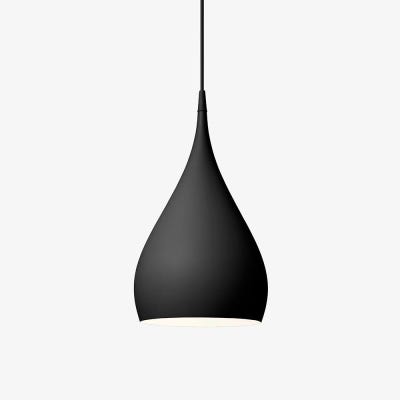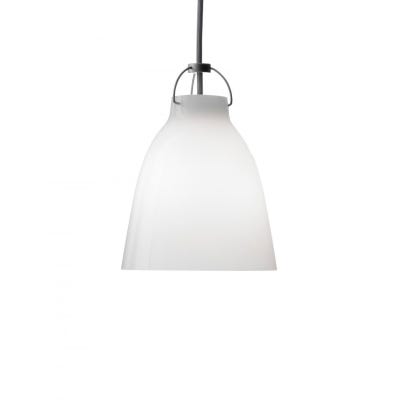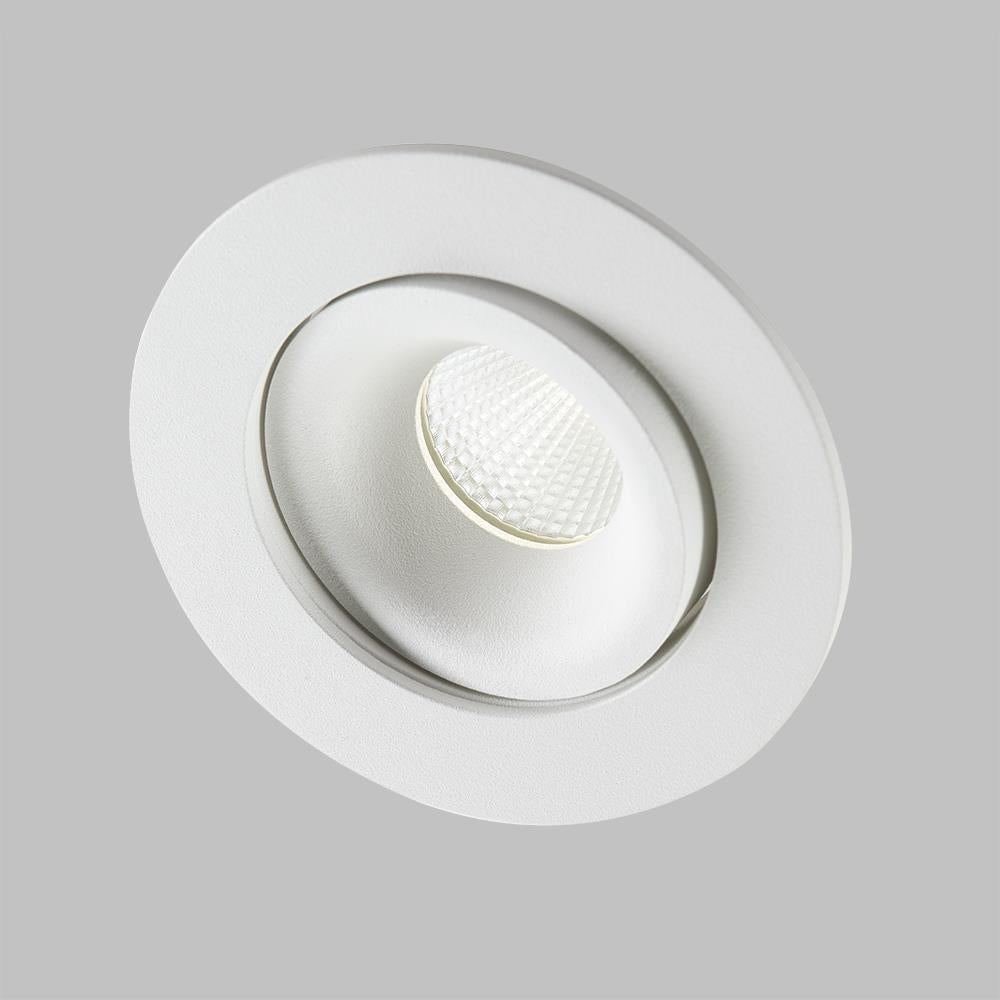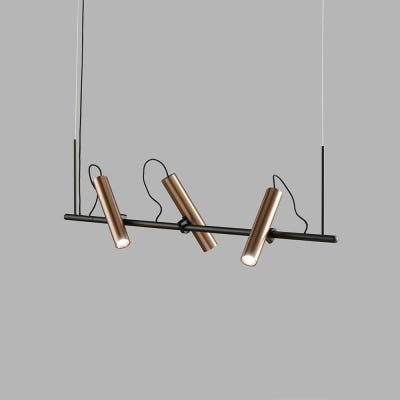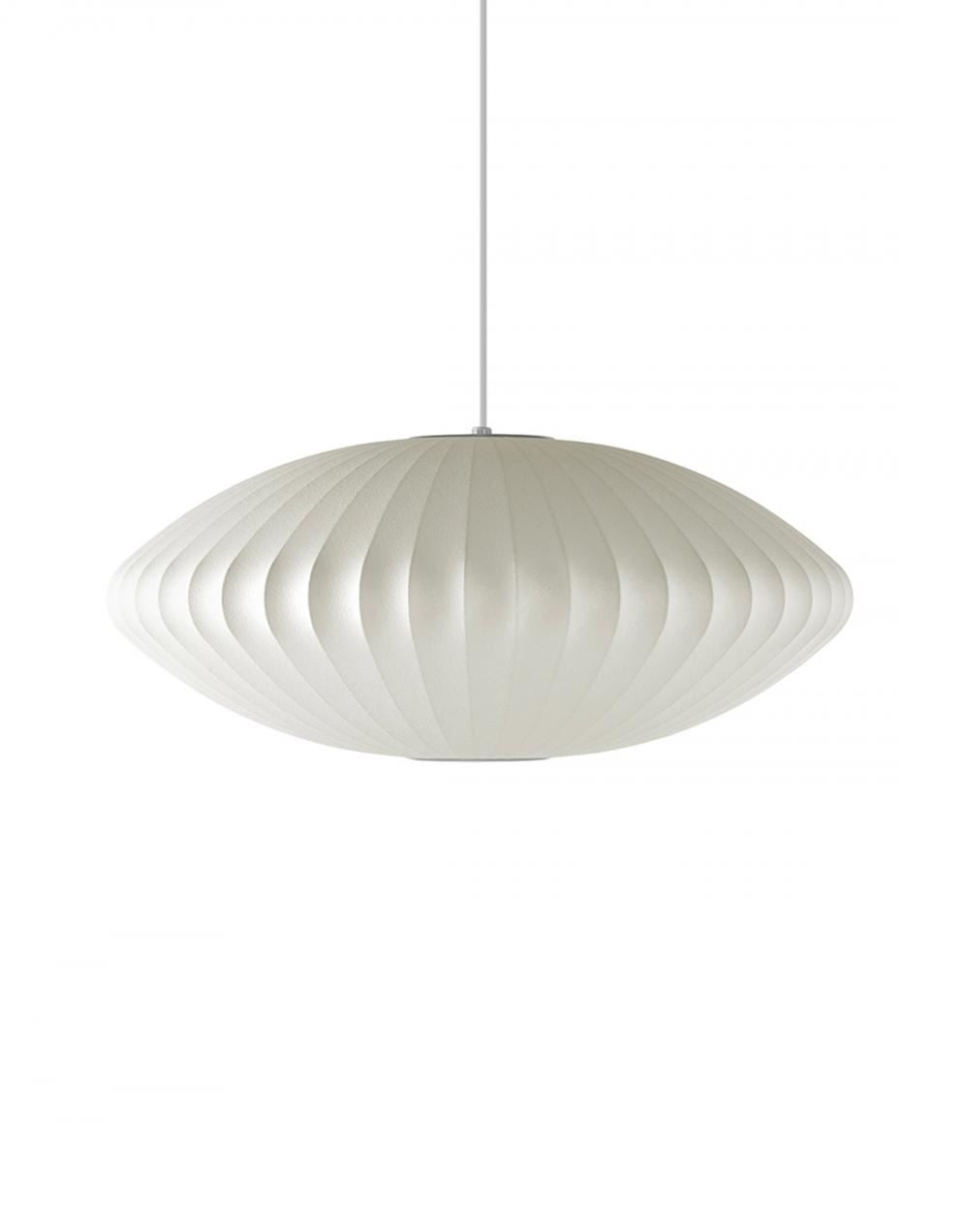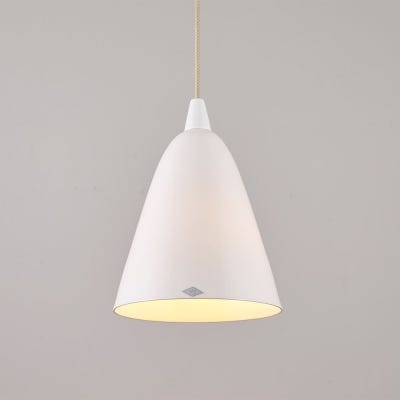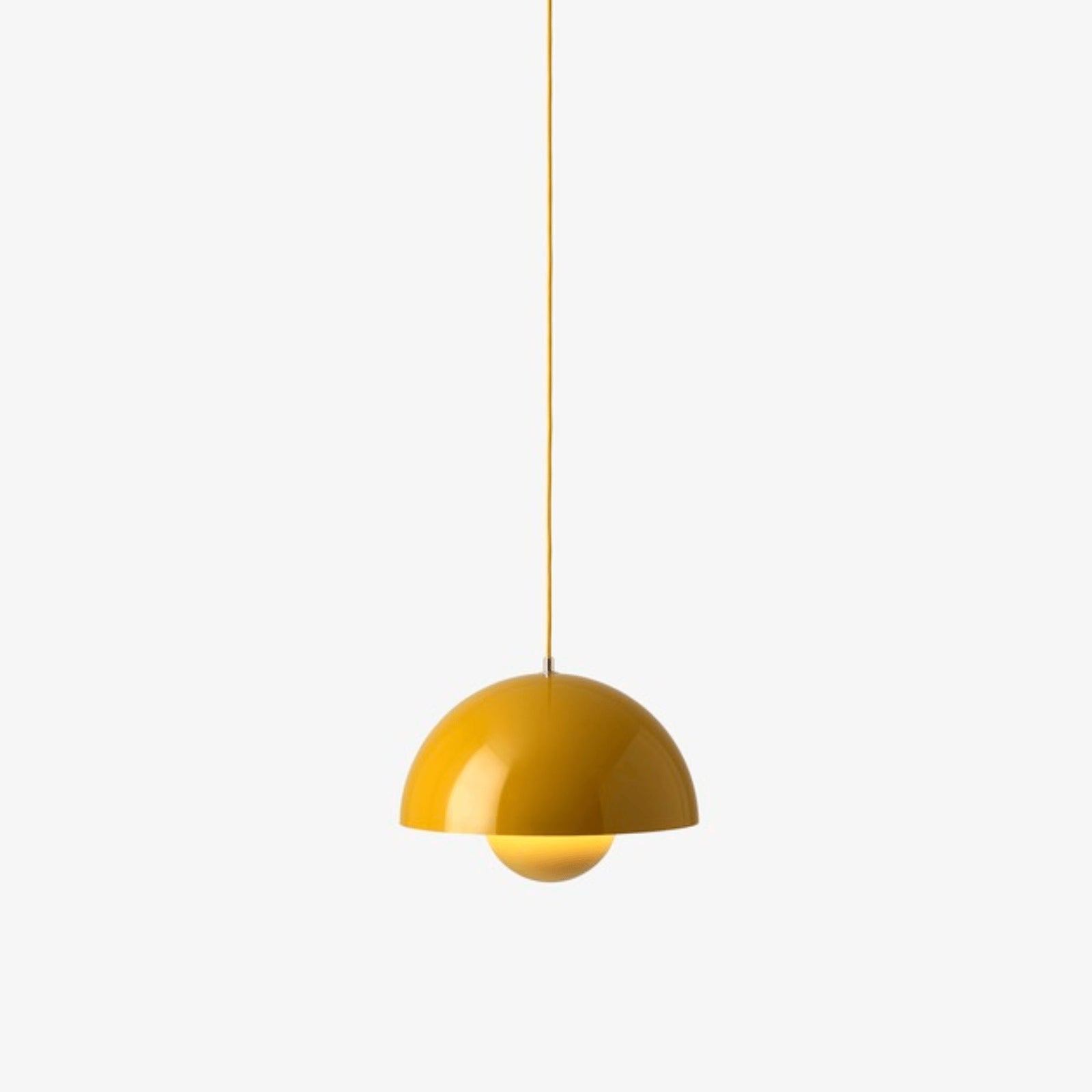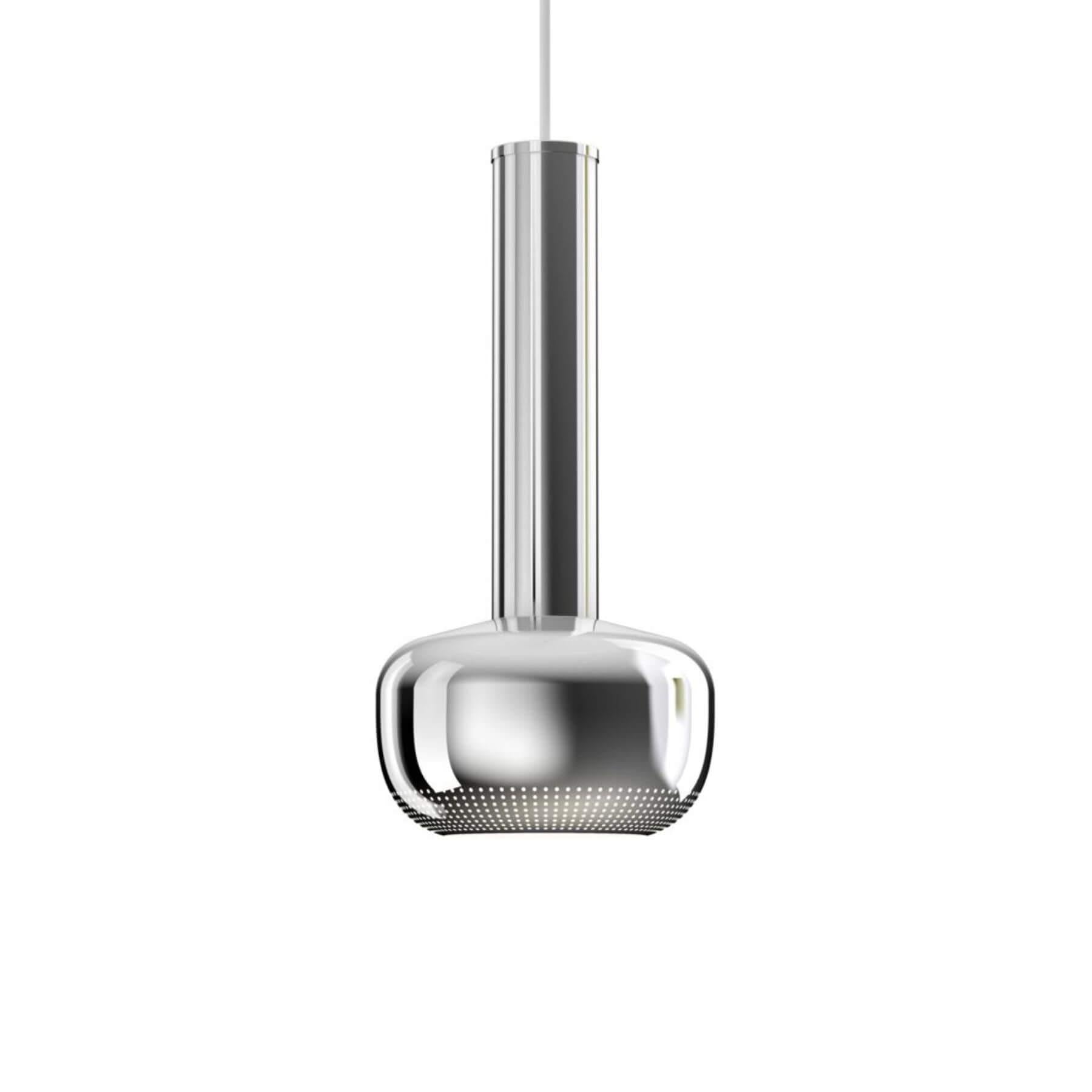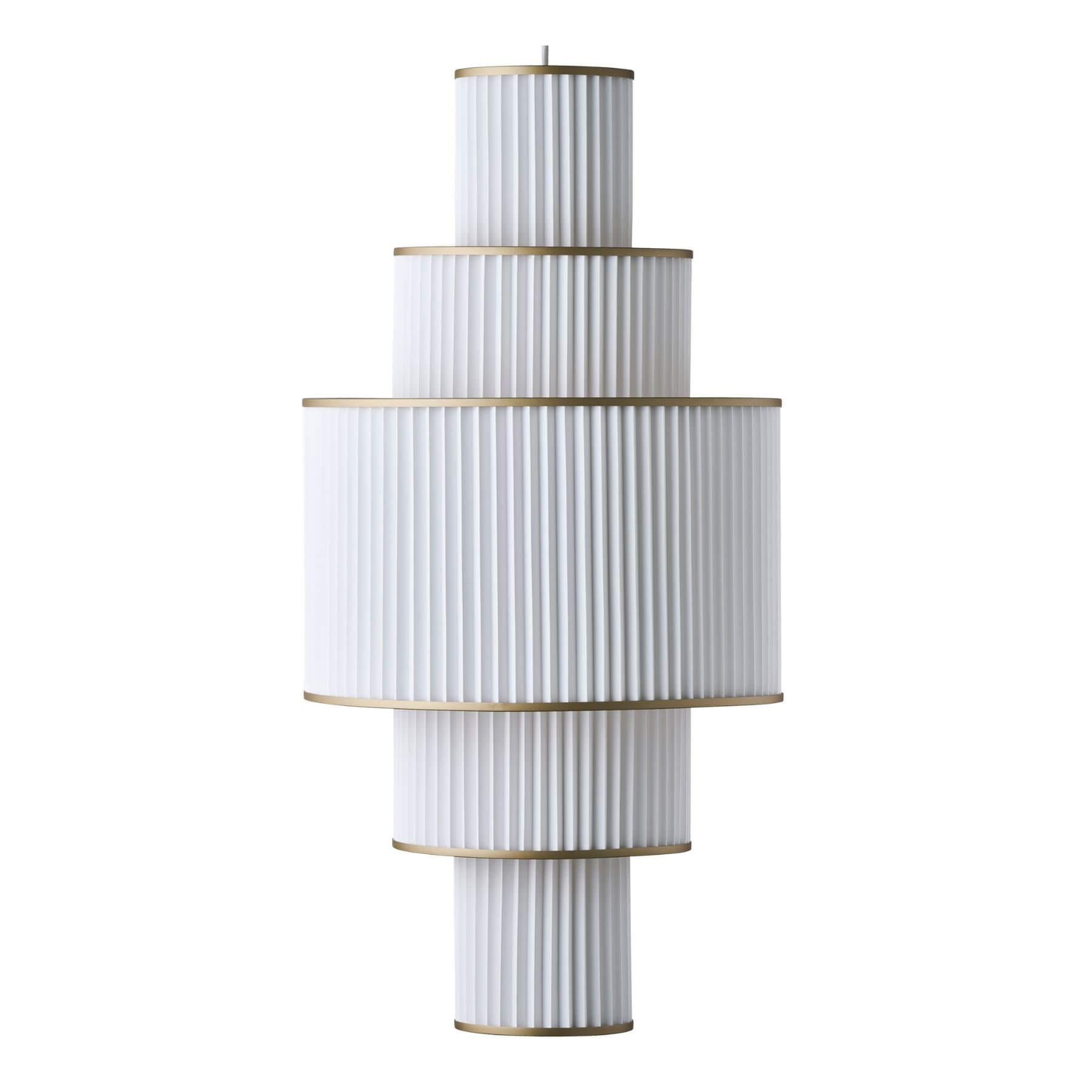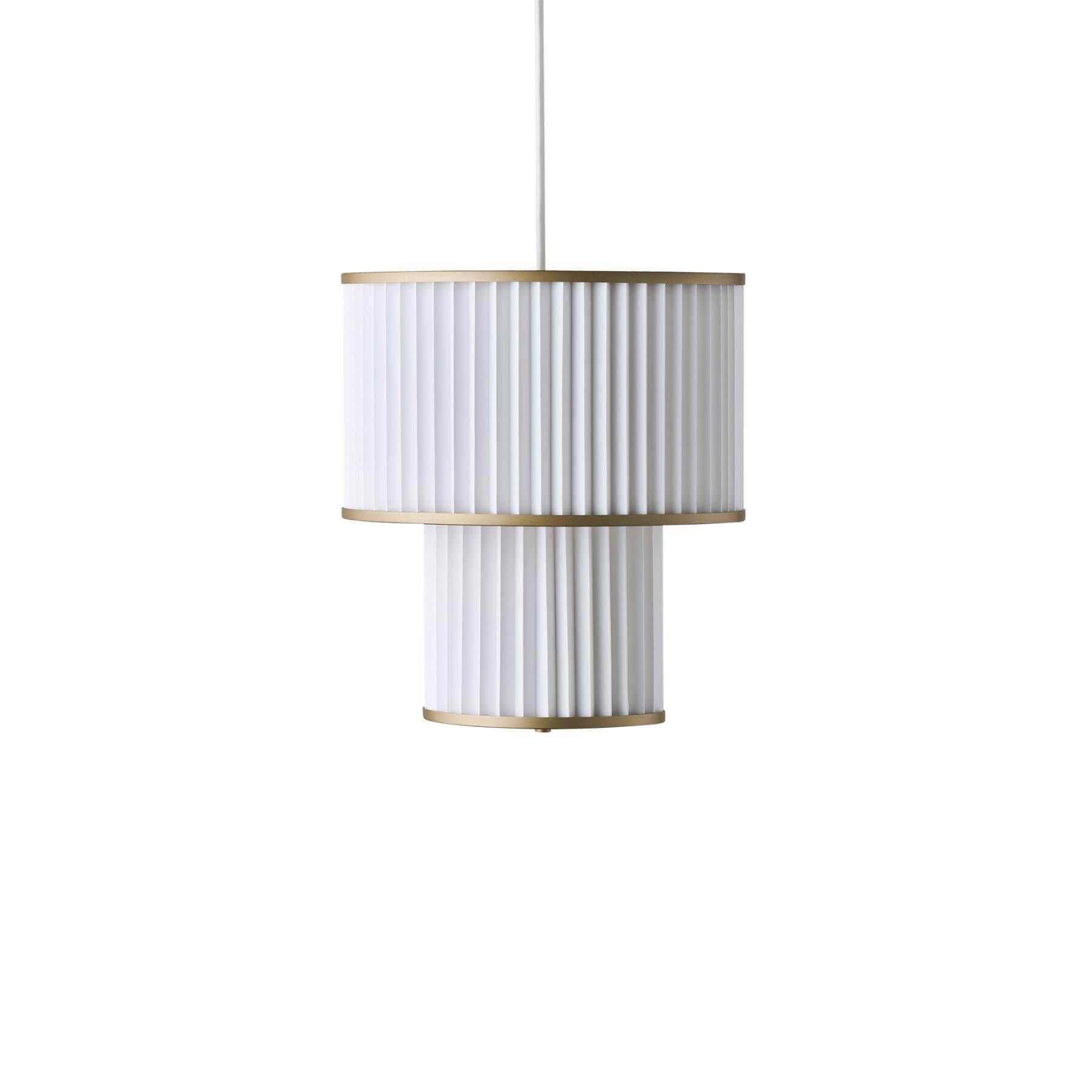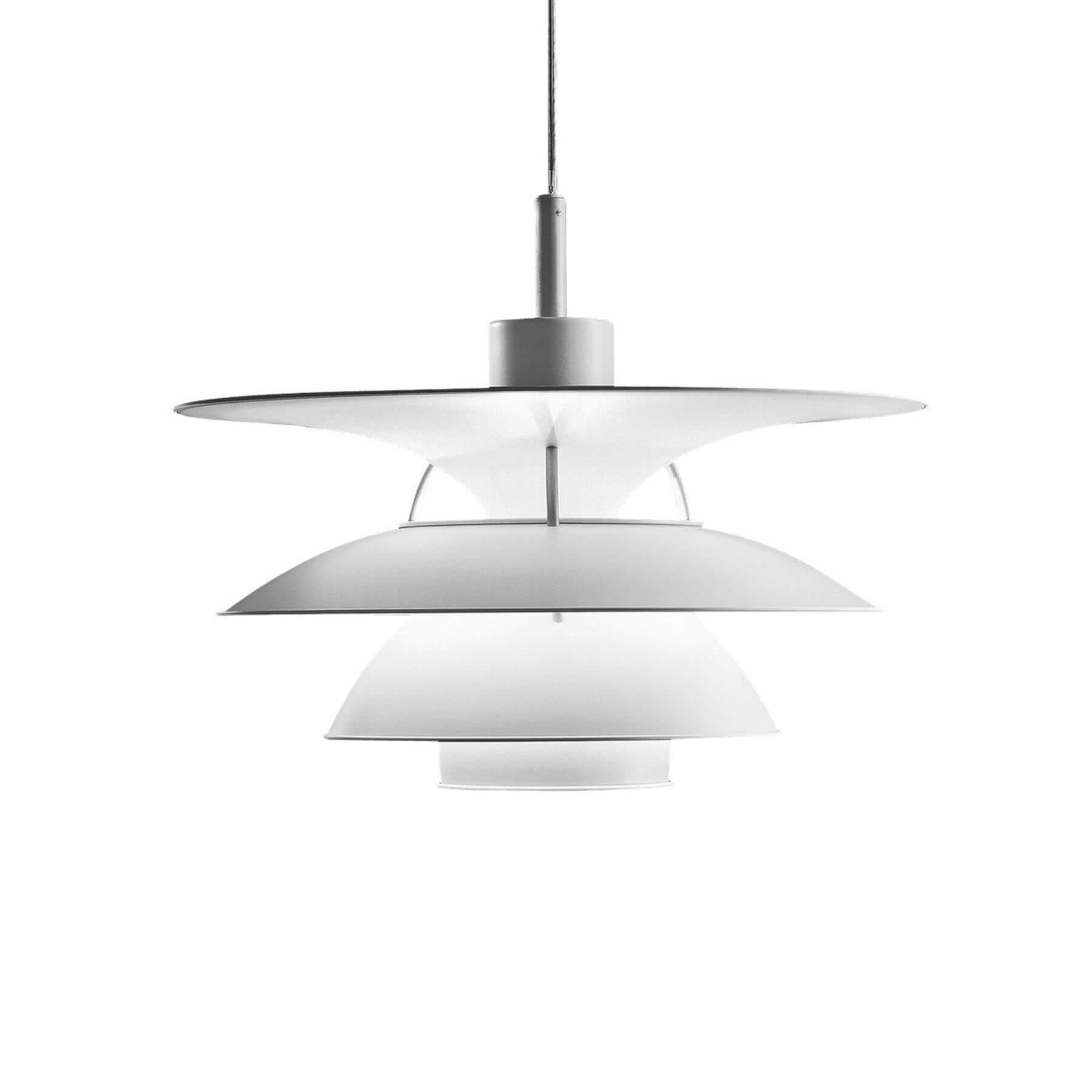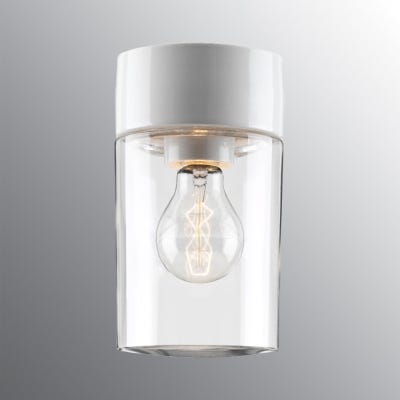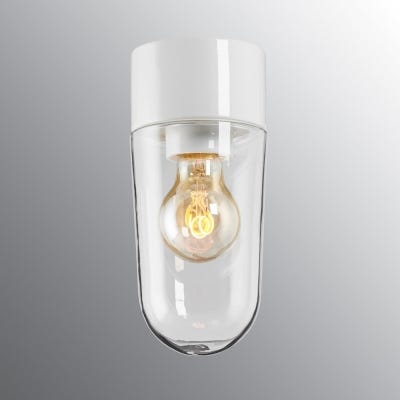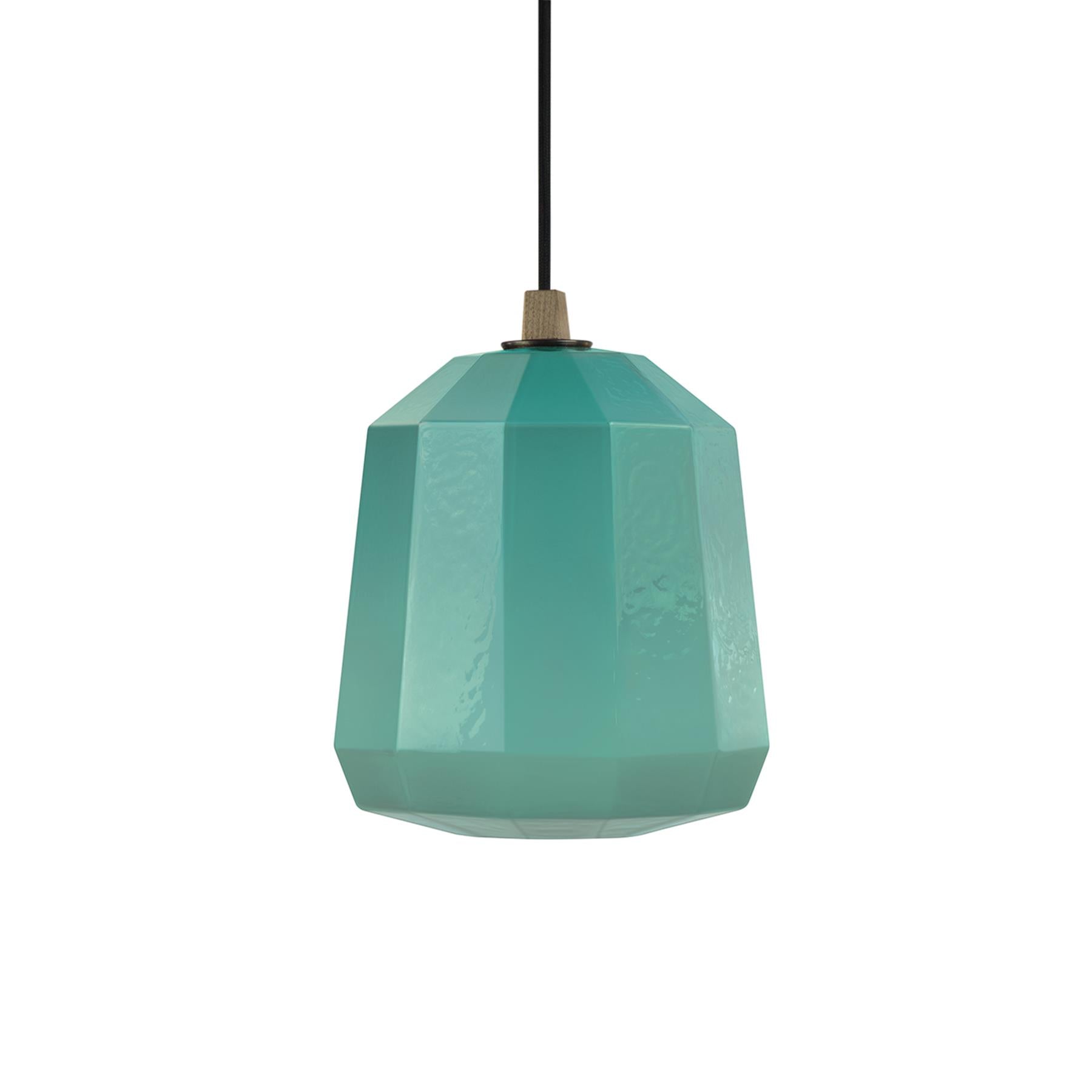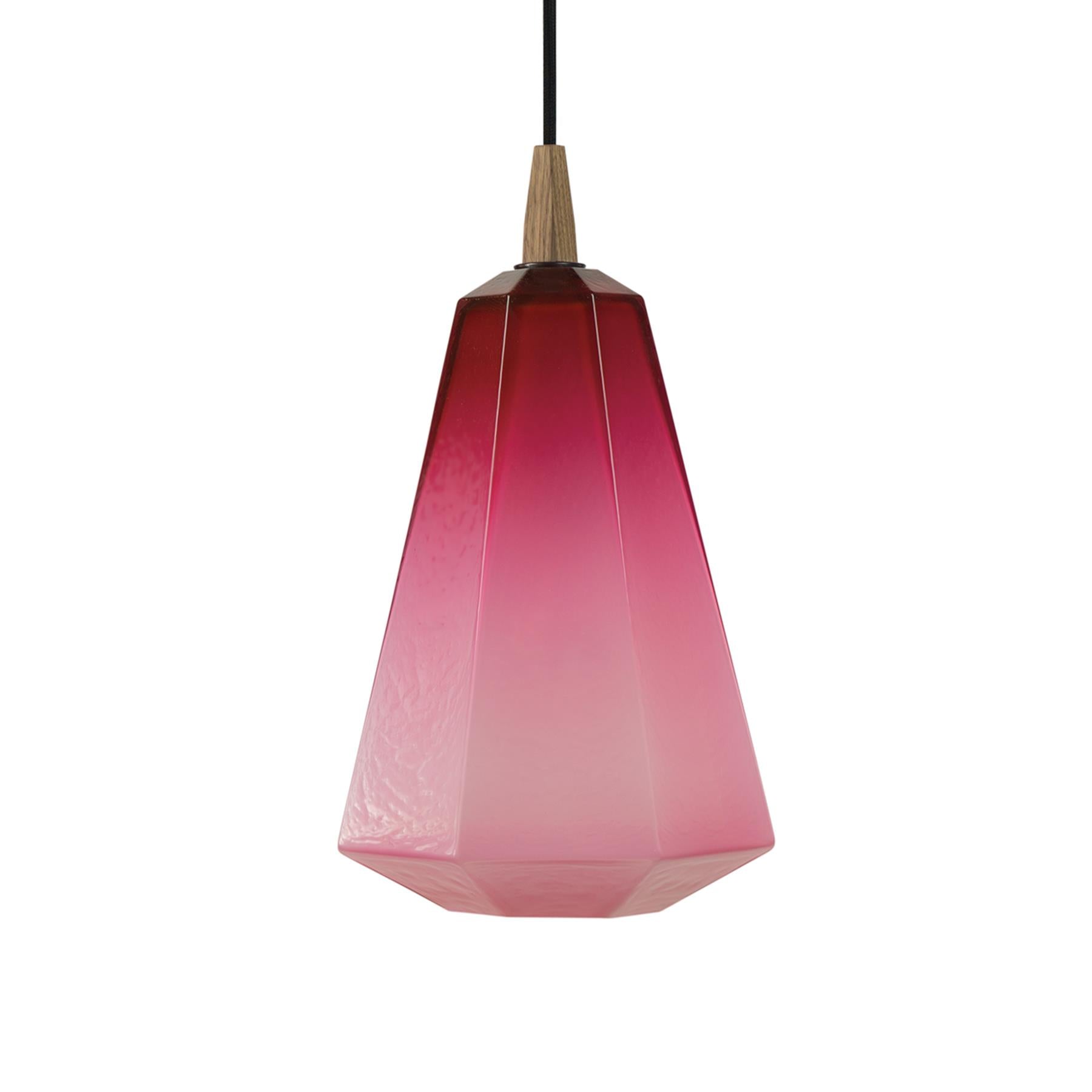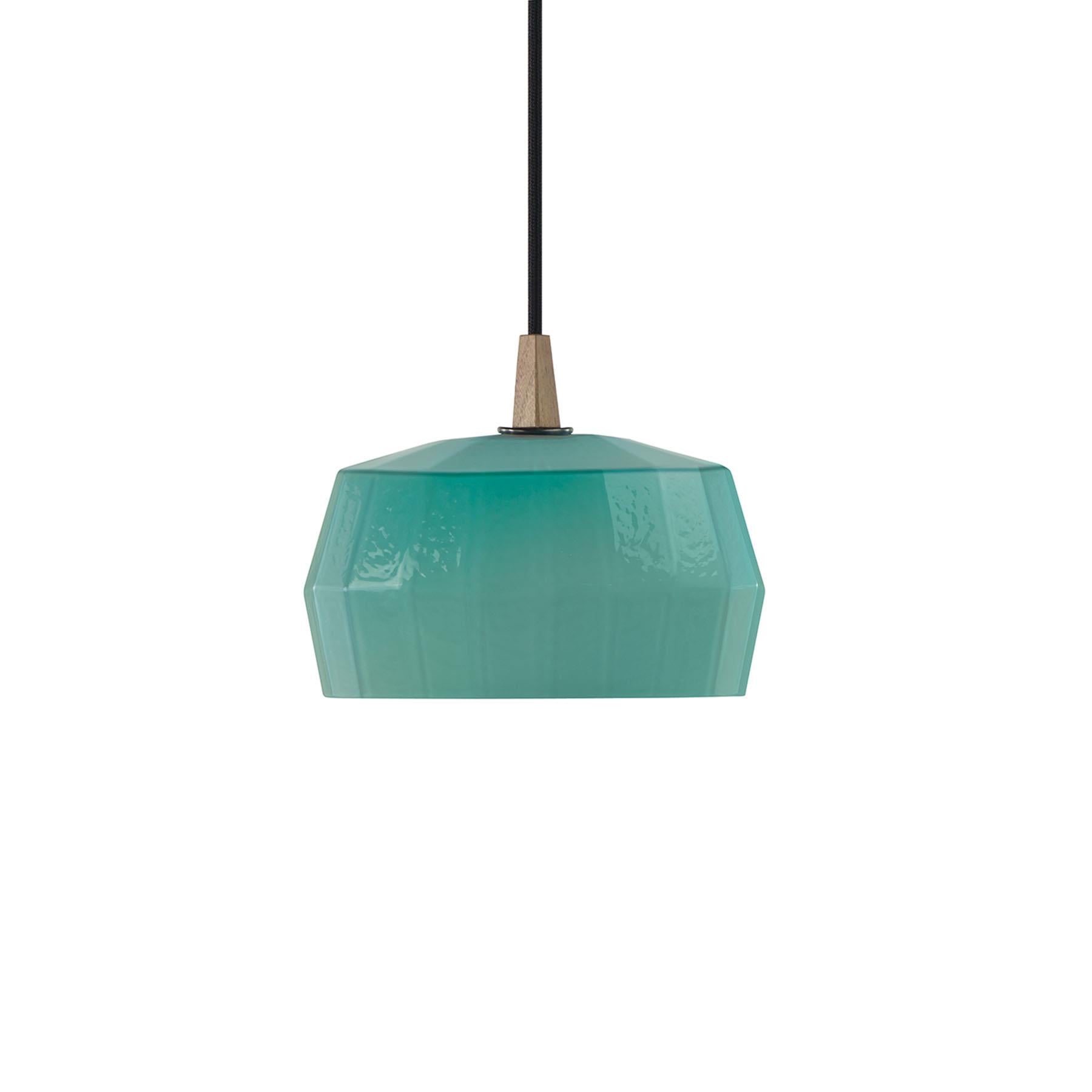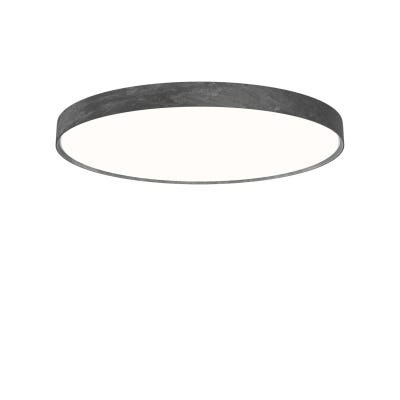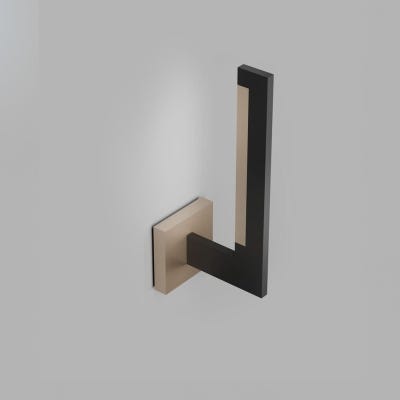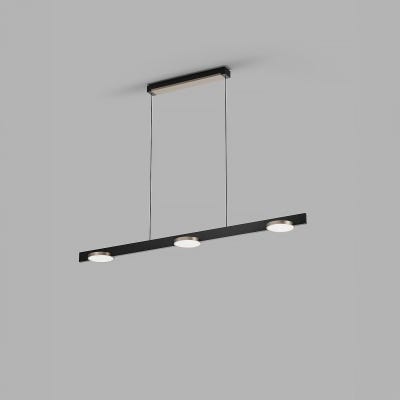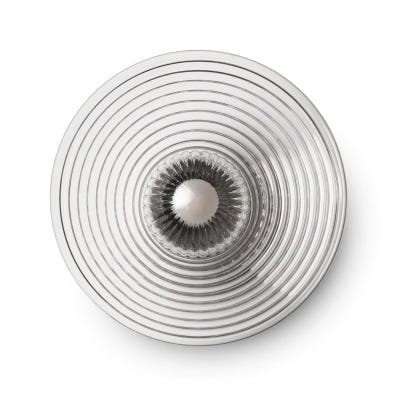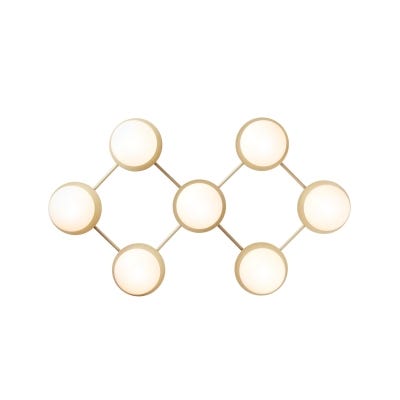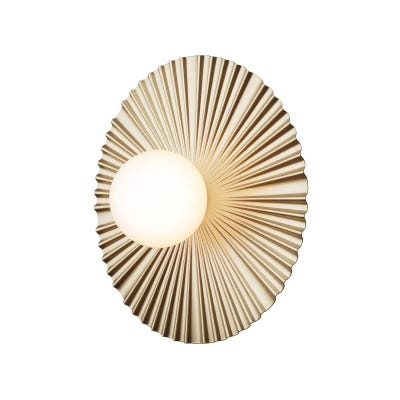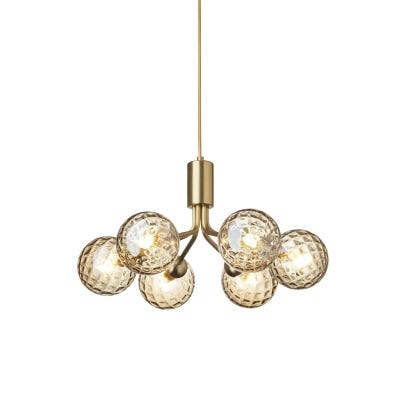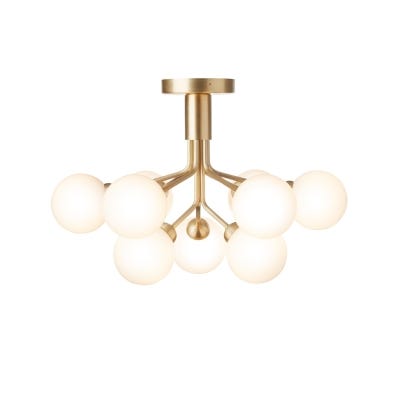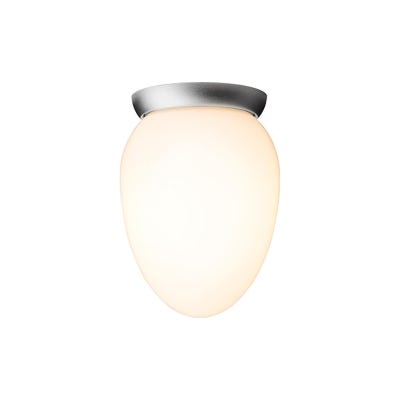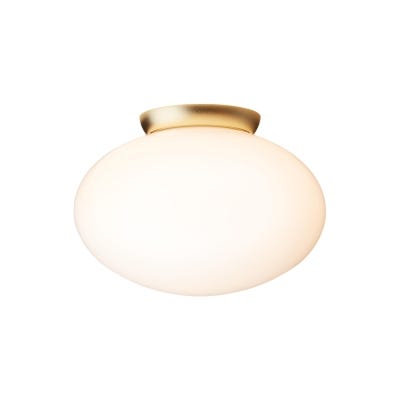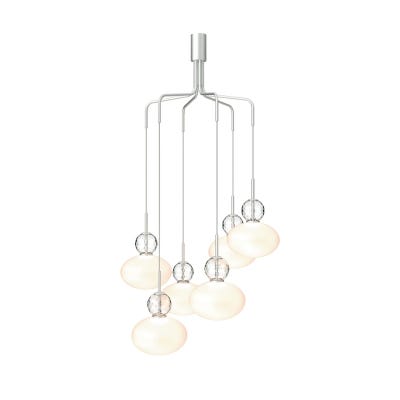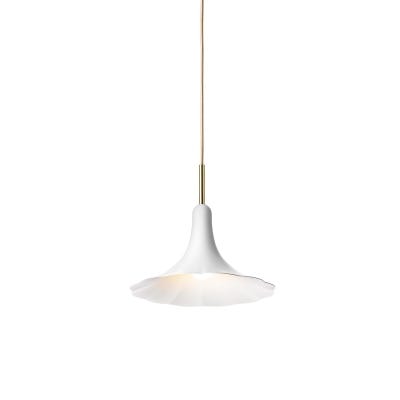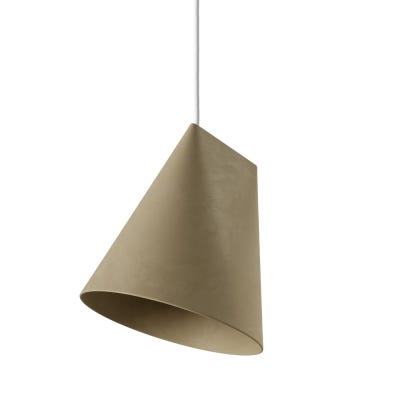Kitchen Lighting
Welcome to our comprehensive guide on kitchen lighting! The kitchen is the heart of the home, where culinary delights are created and memories are made. Achieving the perfect lighting design in your kitchen is essential for both functionality and aesthetics. From illuminating workspaces to creating an inviting ambiance, the right lighting can transform your kitchen into a space that inspires and delights. In this guide, we address some of the most commonly asked questions about kitchen lighting. Whether you're renovating your kitchen or simply looking to upgrade your lighting fixtures, we provide valuable insights and expert tips to help you make informed decisions. Explore the FAQs below to discover the key considerations, fixture options, placement tips, and more to create a well-lit and visually stunning kitchen. Let's dive in!
What are the best places to position kitchen lights for optimal illumination?
Proper placement of kitchen lights is crucial to ensure optimal illumination and functionality. Consider the following key areas for effective lighting:
- Overhead Lighting: Install overhead lighting fixtures, such as recessed lights or track lighting, to provide general ambient lighting throughout the kitchen. Aim for even distribution of light to minimize shadows and create a well-lit space.
- Task Lighting: Place task lighting fixtures, such as under-cabinet lights or pendant lights, above areas where specific tasks are performed, such as the countertop or stove. This helps to illuminate work surfaces and reduces shadows, making it easier to prepare food and cook with precision.
- Island or Breakfast Bar: If you have a kitchen island or a breakfast bar, consider pendant lights or a series of smaller fixtures suspended above it. Position the lights to provide ample task lighting while adding visual interest and serving as a focal point in the space.
- Sink Area: Ensure proper lighting above the sink area for tasks like washing dishes or food preparation. Install a fixture directly above the sink or consider placing recessed lights or wall sconces on either side of the sink for optimal illumination.
- Dining Area: If you have a dining area within the kitchen, incorporate a chandelier or pendant lights directly above the table to provide focused and inviting illumination for meals and gatherings.
Remember, the best placement of kitchen lights may vary based on the layout and specific needs of your kitchen. It's advisable to consult with a professional or a lighting designer to determine the most suitable positions for your lighting fixtures, taking into account your kitchen's size, layout, and functionality.
What are the key considerations for kitchen lighting design?
Kitchen lighting design requires careful consideration to ensure both functionality and style. Key factors to consider include task lighting for food preparation areas, ambient lighting for overall illumination, accent lighting to highlight specific features or decorative elements, and proper placement of fixtures to minimize shadows and glare.
What types of lighting fixtures work well in kitchens?
There are several types of lighting fixtures that work well in kitchens. Common options include recessed lights, pendant lights, track lighting, under-cabinet lights, and chandeliers. Each type serves a specific purpose and can be combined to create a layered and well-balanced lighting design in your kitchen.
How can I ensure proper task lighting in my kitchen?
Task lighting is crucial for illuminating work surfaces, such as countertops and cooking areas. To ensure proper task lighting, consider installing under-cabinet lighting or pendant lights above key work areas. These fixtures provide focused and shadow-free illumination, making it easier to perform kitchen tasks with precision.
What is the ideal color temperature for kitchen lighting?
The ideal color temperature for kitchen lighting is often in the range of 2700K to 4000K. This range offers a balance between warm and cool tones, providing a welcoming atmosphere while ensuring good visibility for food preparation and cooking activities.
Can I incorporate dimmers in my kitchen lighting design?
Yes, incorporating dimmer switches in your kitchen lighting design is a great idea. Dimmers allow you to adjust the brightness levels according to the task at hand or the desired ambiance. They provide flexibility and control, allowing you to create different lighting scenes for various occasions.
Are there specific lighting considerations for kitchen islands or breakfast bars?
Kitchen islands and breakfast bars often serve as multifunctional spaces for cooking, dining, and socializing. To properly illuminate these areas, consider installing pendant lights or a series of smaller fixtures to provide both task lighting and visual interest. Adjustable fixtures or track lighting can also be used to direct light where it's needed most.
How can I enhance the visual appeal of my kitchen with lighting?
Lighting can significantly enhance the visual appeal of your kitchen. Consider incorporating accent lighting to highlight architectural features, backsplashes, or artwork. Use strip lighting above or below cabinets to create a warm and inviting glow. Additionally, pendant lights or a statement chandelier can serve as eye-catching focal points.
Can LED lighting be used in kitchen fixtures?
Yes, LED lighting is highly recommended for kitchen fixtures. LED lights are energy-efficient, long-lasting, and available in various color temperatures. They emit less heat compared to traditional incandescent bulbs, making them a safer option in the kitchen.
What is the best way to light a kitchen with limited natural light?
In kitchens with limited natural light, it's important to compensate with proper artificial lighting. Use a combination of ambient, task, and accent lighting to create a bright and inviting space. Consider adding recessed lights throughout the ceiling, under-cabinet lighting, and pendant lights above key areas to ensure adequate illumination.
How do I create a cohesive lighting design that complements my kitchen decor?
Creating a cohesive lighting design starts with considering your kitchen's overall style and aesthetic. Select lighting fixtures that complement the existing decor, such as matching the finishes with your cabinet hardware or other metal accents. Choose styles that enhance the desired ambiance, whether it's sleek and modern or warm and traditional.
- 40% off
 Outlet Aplomb Pendant Light - Large - Brown - Non dimmableRRP £683.00 Special Price £409.80
Outlet Aplomb Pendant Light - Large - Brown - Non dimmableRRP £683.00 Special Price £409.80 - 40% off
 Outlet Shapes Summera Pendant Light - Small Black and Yellow Gold with Yellow Gold FlexRRP £215.00 Special Price £129.00
Outlet Shapes Summera Pendant Light - Small Black and Yellow Gold with Yellow Gold FlexRRP £215.00 Special Price £129.00 - 40% off
 Outlet Shapes Summera Pendant Light - Large Black and Yellow Gold with Gold FlexRRP £534.00 Special Price £320.40
Outlet Shapes Summera Pendant Light - Large Black and Yellow Gold with Gold FlexRRP £534.00 Special Price £320.40 - 40% off
 Outlet Shapes Summera Pendant Light - Medium Silver and White with Silver FlexRRP £297.00 Special Price £178.20
Outlet Shapes Summera Pendant Light - Medium Silver and White with Silver FlexRRP £297.00 Special Price £178.20 - 40% off
 Outlet Shapes Summera Pendant Light - Medium Dark Grey and White with Gold FlexRRP £297.00 Special Price £178.20
Outlet Shapes Summera Pendant Light - Medium Dark Grey and White with Gold FlexRRP £297.00 Special Price £178.20


